You Must Try This Unique Teas!
You may have tasted green, black, or ice tea, but have you ever tasted any unique or rare tea? If your answer is No, you should stay with us to know the Ten unique teas worldwide.
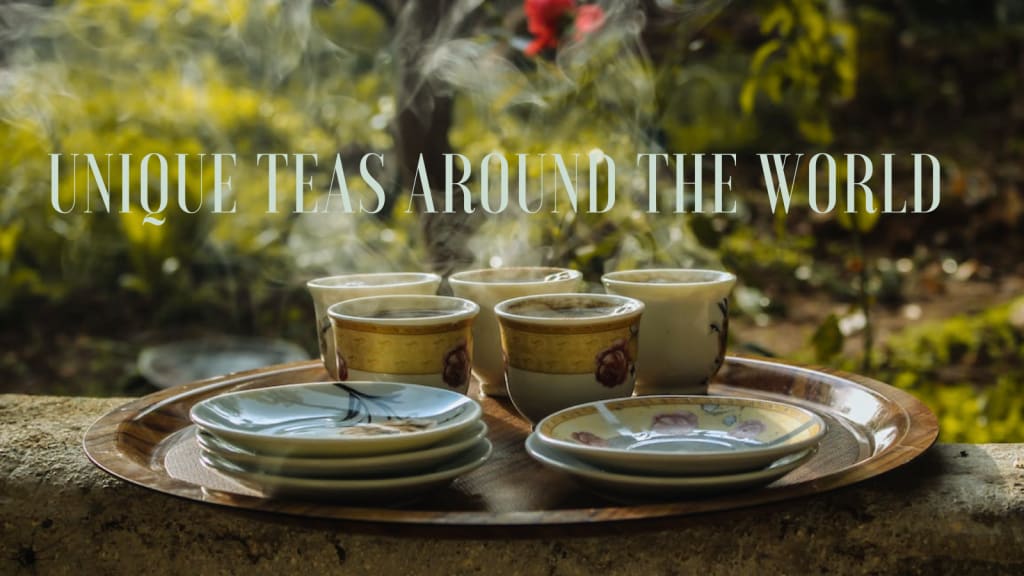
Are you one of those who feels incomplete without a cup of tea in the morning? Then it would be best if you thanked Shennong, "the divine farmer." He is the father of Chinese medicine who, by chance, consumed the tea leaves with hot water. I am not surprised that tea is the second most utilised drink after water worldwide.
Imagine you are sitting on a chair beside the snow-capped Mountains, having a cup of a hot and creamy tea latte. Isn't it so relaxing? Let's come back to the topic. You may have tasted green, black, or ice tea, but have you ever tasted any unique or rare tea? If your answer is No, you should stay with us to know the Ten unique teas worldwide.
Yerba maté (South America)
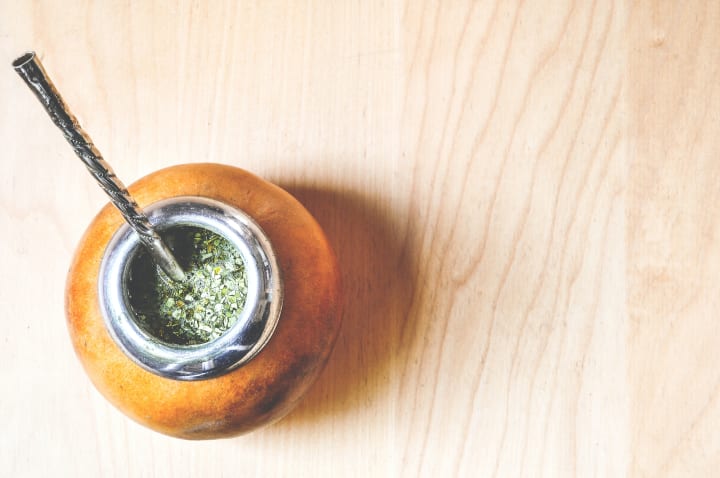
Yerba maté is different from other teas because of its ritual of making and serving. Guaraní and Tupí indigenous peoples of South America and the Middle East first consumed it. From them, it spread worldwide. Gourd, also known as Calabash Gourd, is in use to serve Yerba maté. If you want to have this unique tea, you need a special straw. "Bombilla," a specific mate straw with a filter attached to it that helps to strain the tea leaves.
You can enjoy and share this earthy flavor mate tea with friends and family. Yerba maté is rich in vitamins, antioxidants, and a healthy dose of caffeine. Each person can refill the same gourd 20 times.
Kashmiri Kahwah (India)
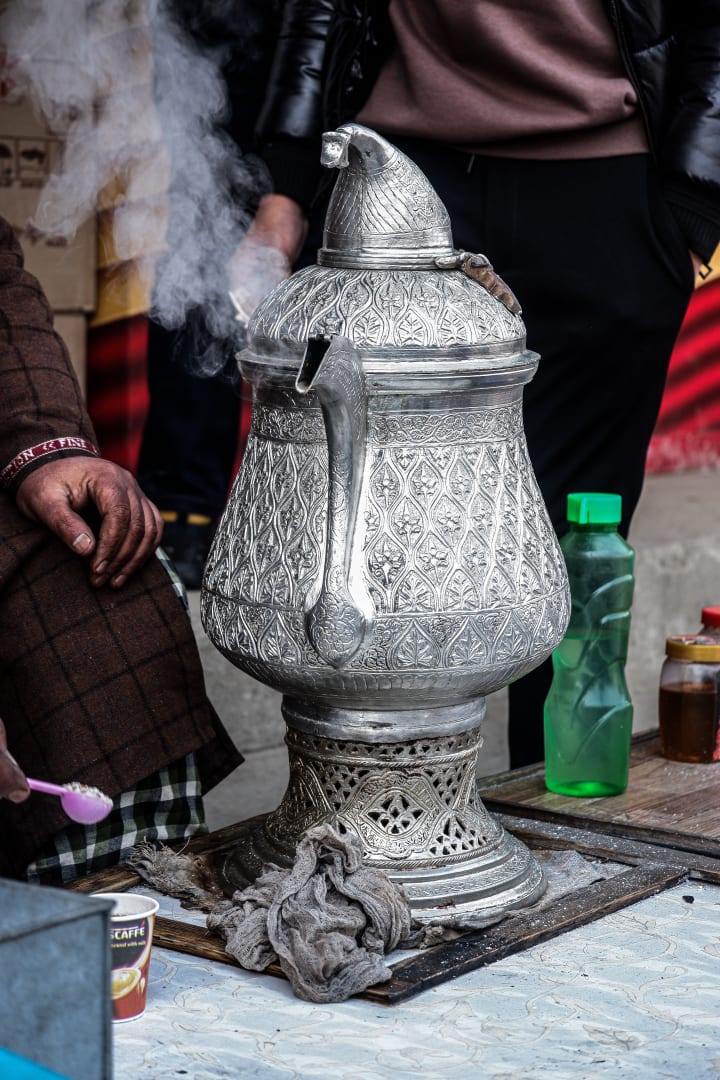
Kashmiri kahwah, also known as khawa, or Kashmiri green tea. It's easy to find a good cup of aromatic kahwah in India, Pakistan, Central Asia, and the Middle East. Kahwah means "sweetened tea" in the Kashmiri language. Kashmiri kahwah is unique because of its preparation in a Samovar (check out the image). It is well known worldwide because of its rich, spicy flavor.
Authentic kahwah includes green tea leaves, cardamom, and cinnamon. Don't forget to add the leading ingredient, saffron. An expensive spice used in cooking to add natural color. Sometimes Kashmiri roses are also in use. People serve it with crushed nuts such as almonds or walnuts. Kashmiris enjoy their favorite kahwah beside the fascinating, beautiful Dal lake in Kashmir.
Butter Tea Or Po Cha (Tibet)
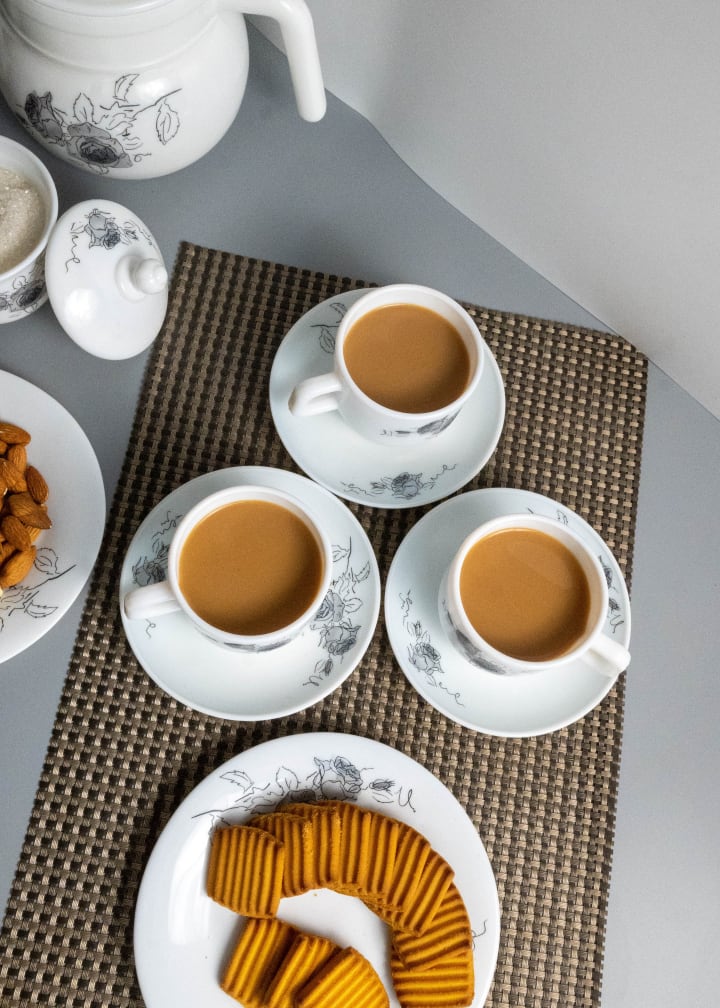
Butter tea is a buttery refreshment drink in Tibet, India, Nepal, Bhutan, and Pakistan. Butter tea is also known as "Po Cha" in the Tibetan Language and "Gur Gur Cha" in the Ladakh Language of India. Tibetans consume at least 60 small cups of butter tea daily. Butter tea is fantastic to keep you warm from extreme cold. World-famous butter tea is unique because of its process and unusual ingredients.
Tibet has its own Culture and Traditions for making its authentic Po-cha. They use "Chandong" (a tube-like vessel) to churn butter tea. Its ingredients include Pu-erh tea leaves, Himalayan salt, and light cream. It includes the special ingredient Yak butter while churning to make it creamy and light. But nowadays, Cow butter is also a good substitute. In Tibetan tradition, water used to simmer for hours with rich Pu-erh tea. The concentrate used to call "Chaku."
Indian Masala Chai
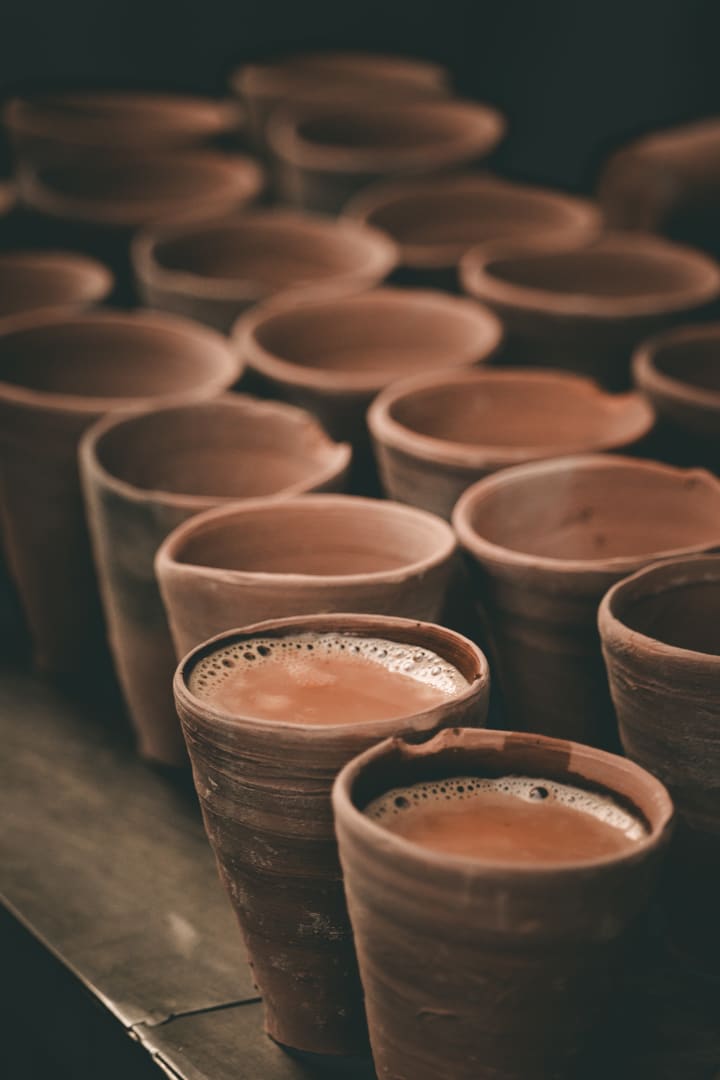
India is famous for its delicious spicy food delicacy and divine golden tea, "chai" (tea). Special masala chai tastes best when you add cinnamon, cardamom, and ginger. Add tulsi (or holy basil leaves) to your chai if you want to cure colds and other minor health issues. You can find the most exciting debates and discussions on chai "tapri" (roadside tea stalls). While discussing, Indians enjoy their milky, sweet, and "kadak" (strong) masala chai.
But Indians are very experimental, which is why they give a unique twist to this simple chai. Indian masala chai is also available in different variants and flavors. Tandoori chai, chocolate chai, and fruit chai are quite famous among youngsters.
Matcha Green Tea (Japan)
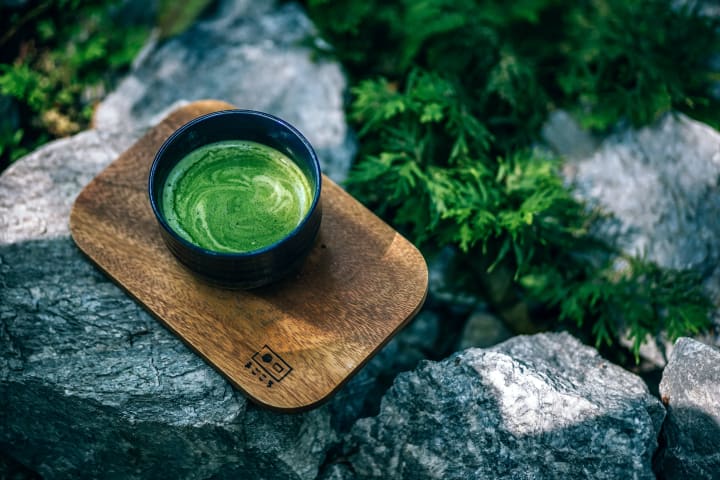
Are you finding something to boost your energy? Then a good cup of frothy, velvety matcha green tea can be a perfect option. But be careful because it contains more caffeine than regular green tea. Matcha green tea was first prepared and consumed in China. After that, in the 12th Century, the Japanese knew about it. They started drinking it at ceremonies and on special occasions. Matcha green tea is unique because of its cultivation, process, and making.
Matcha green tea leaves are grown in the shade during the first few weeks of harvest. As a result, the chlorophyll content increases. That's the reason matcha leaves look beautiful and bright green.
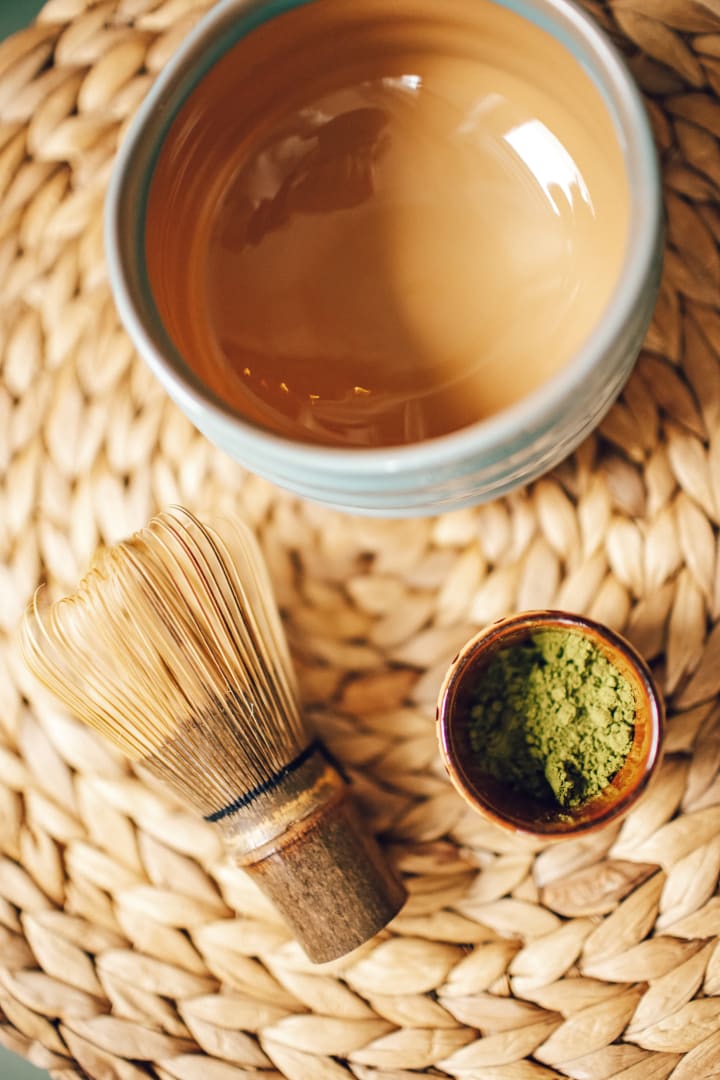
Japan has its process of making very light and creamy matcha tea with a traditional touch in it. The Japanese use "chawan" ( a small bowl) and "chasen" ( Japanese tea whisk) to create very light yet rich matcha tea.
"Cha-Yen" Thai Iced Tea (Thailand)
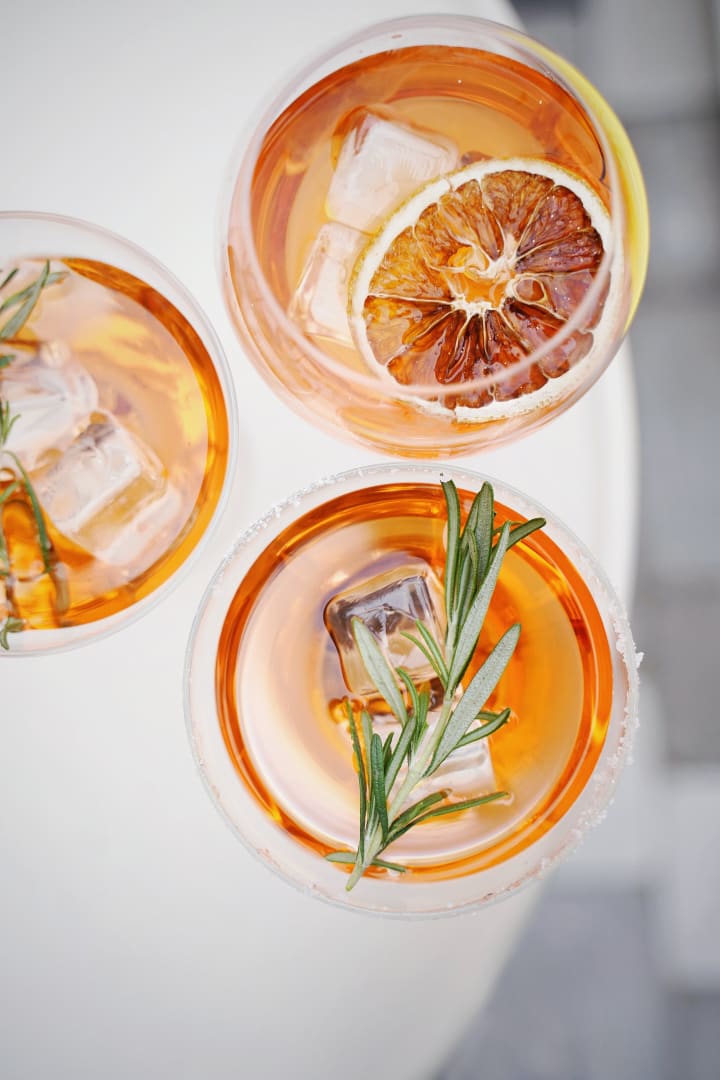
Imagine you are enjoying a delicious Thai curry dish on a busy, hot summer day. And you are sipping the creamy and icy Thai Cha-Yen to balance the spices. Tell me, isn't it mouthwatering? I am sure you agree with me. Thai cuisine is not complete without its famous and well-known iced tea.
The unique mix of black tea, tamarind seeds, orange flower water, vanilla, star anise, and cinnamon is in use. Condensed milk makes it sweet and creamy. The unique element is vendors spin and twirls the tea to make it frothy and light. This process is usually called "Teh tarik," or tea pulling.
Moroccan Mint Tea
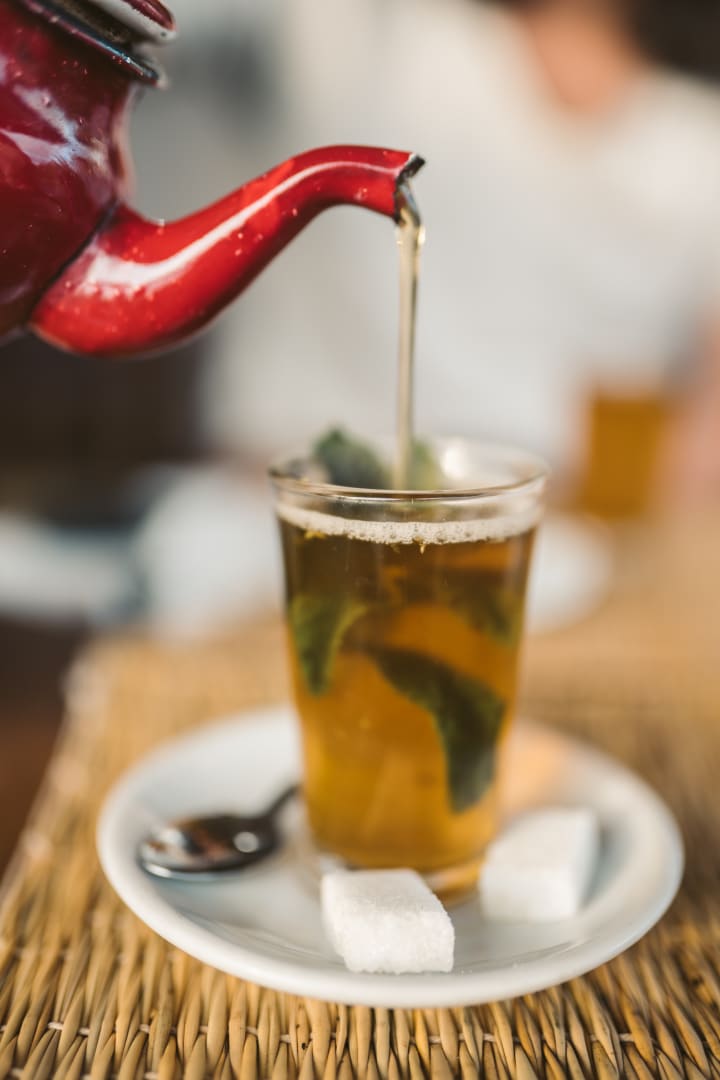
The people of Maghreb (Northwest Africa) can't stay without a good cup of aromatic morocco mint tea. It is their go-to and usual drink, either with or without food. Mint tea is usually served to guests and families and is a crucial part of Moroccan hospitality.
Gunpowder tea leaves are a crucial part of Moroccan mint tea. Preparing it in a traditional teapot called "Berrad" makes it unique. The main ingredient is fresh spearmint leaves (known as "Nana" in Moroccan Arabic). Other herbs like wild thyme, sage, wild geranium, wormwood, and lemon verbena are also used. Moroccan tea is sweet in flavor, which enhances the taste and makes it more flavorful. And here, your good aromatic mint tea is ready.
Bubble Tea Or Boba Tea (Taiwan)
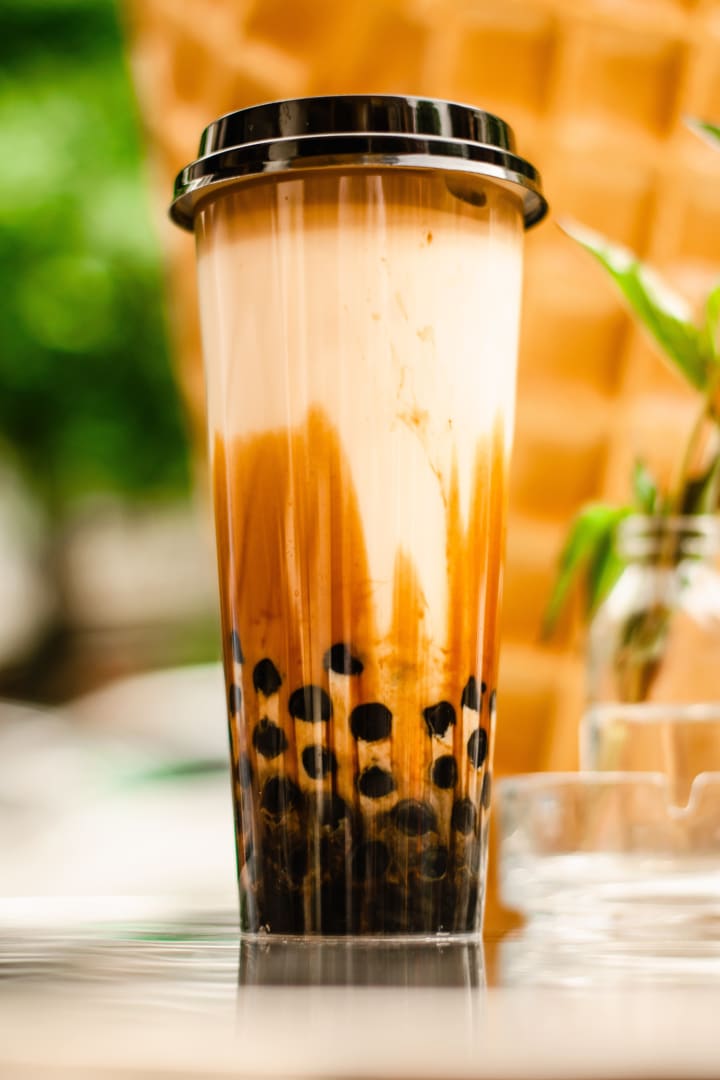
The making of bubble tea is not very old. It originated in the 1980s and got famous worldwide because of its unique taste and flavors. Icy, flavourful, and boba full glass of bubble tea is very common in Taiwan. Enjoyed from children to elders, it is a favorite of all. Boba tea is a perfect mix of chewy tapioca pearls and cold-infused flavor. It can be your first choice to refresh yourself after a hard and busy day.
Many fusions and variations have experimented with the usual bubble tea. Adding fresh fruits, milk, and different flavoring will give a new twist. Tapioca pearl is the inseparable ingredient of this milky bubble tea. They are usually black but can be white or transparent. Tiny tapiocas can be visible at the bottom of the transparent glass.
Yellow Gold Tea Buds (Singapore)
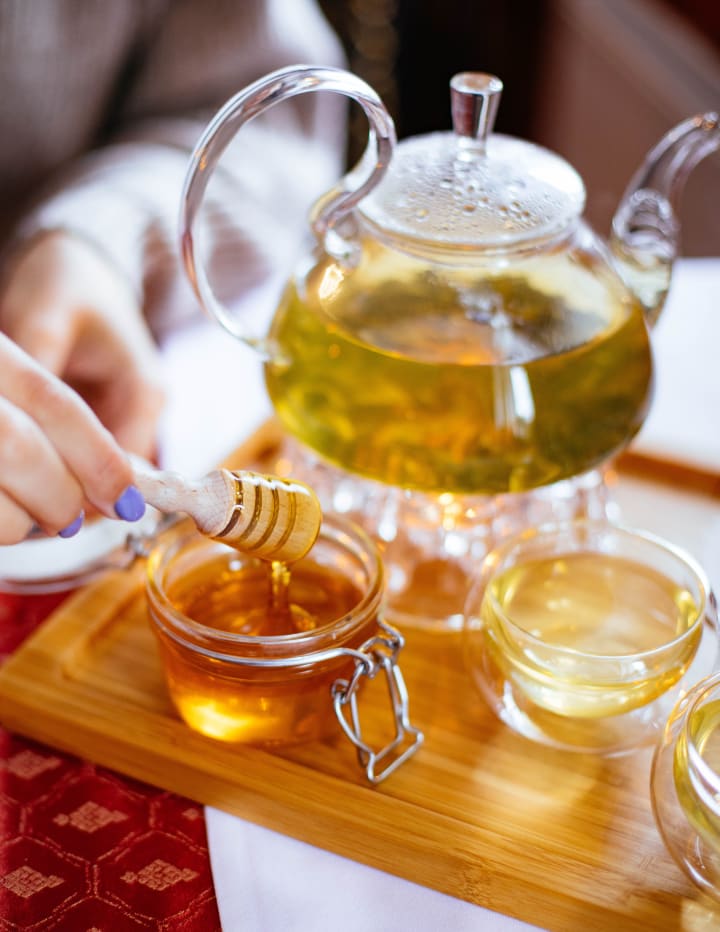
Have you ever imagined gold-coated tea leaves? Is that even edible? Yes, yellow gold tea is exclusive and only sold by TWG tea company of Singapore. Yellow tea leaves only grow on a single mountain in the Sichuan Province of China. Please note that special golden shears are in use to cut their buds. Later, 24-carat edible gold covers these tea leaves to make them look royal and luxurious.
Consuming edible gold is often connected to good health. That's why yellow tea buds are not only good in appearance, but have a lot of nutritional value. This luxurious yellow gold tea is also known as the tea of the Emperors of China. Also, It is one of the most expensive tea worldwide. Its cost is around $7,800 for one kilogram(approximately).
Panda Tea Or Panda Poop Tea (China)
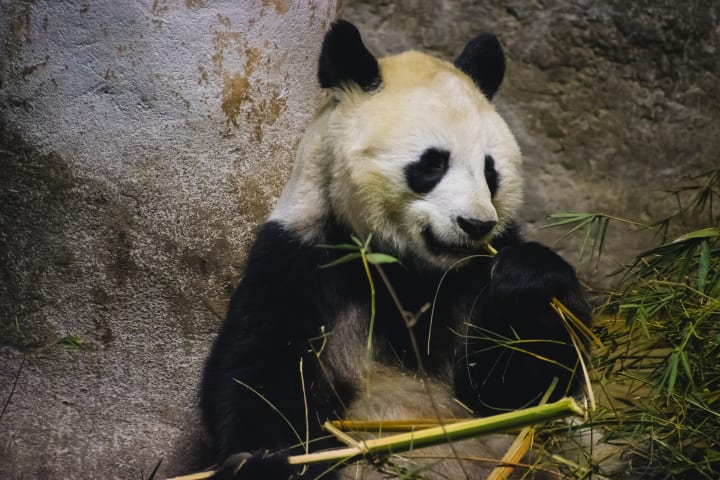
China is very famous for its unique and unusual food experiments and cooking, one of which is panda poop tea. Please don't judge from its name as they will not serve you Panda dung. Using Panda dung as a fertilizer for the cultivation of this tea is unique and uncommon. It was first implemented by Yanshi, an entrepreneur from Sichuan Province, China.
The reason behind using Panda poop as a fertilizer is because of its health benefits. Research says that the panda has a weak digestive system. Because of that, they can absorb only 30% nutrients of wild bamboo, and 70% pass in their excrement. This high-sky-priced tea usually sells at $70,000 per kilogram(approximately).
Every country has its unique method of making and serving its teas. Enjoying a nice cup of tea with friends and family will enhance the taste. So, why are you waiting? Crab a satisfying cup of tea to refresh your mind and soul. Go and recall memories. Laugh hard and loud while having your favorite tea and snacks. ENJOY.
About the Creator
IshaWrites
Content Writer| Copywriter | Story Writer
To share unknown and exciting stories is not just my job; its a fuel to make me happy.
For writing project, contact on: [email protected]



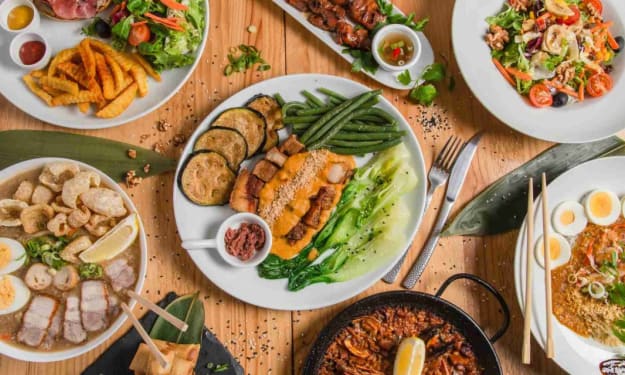


Comments (1)
Good job!